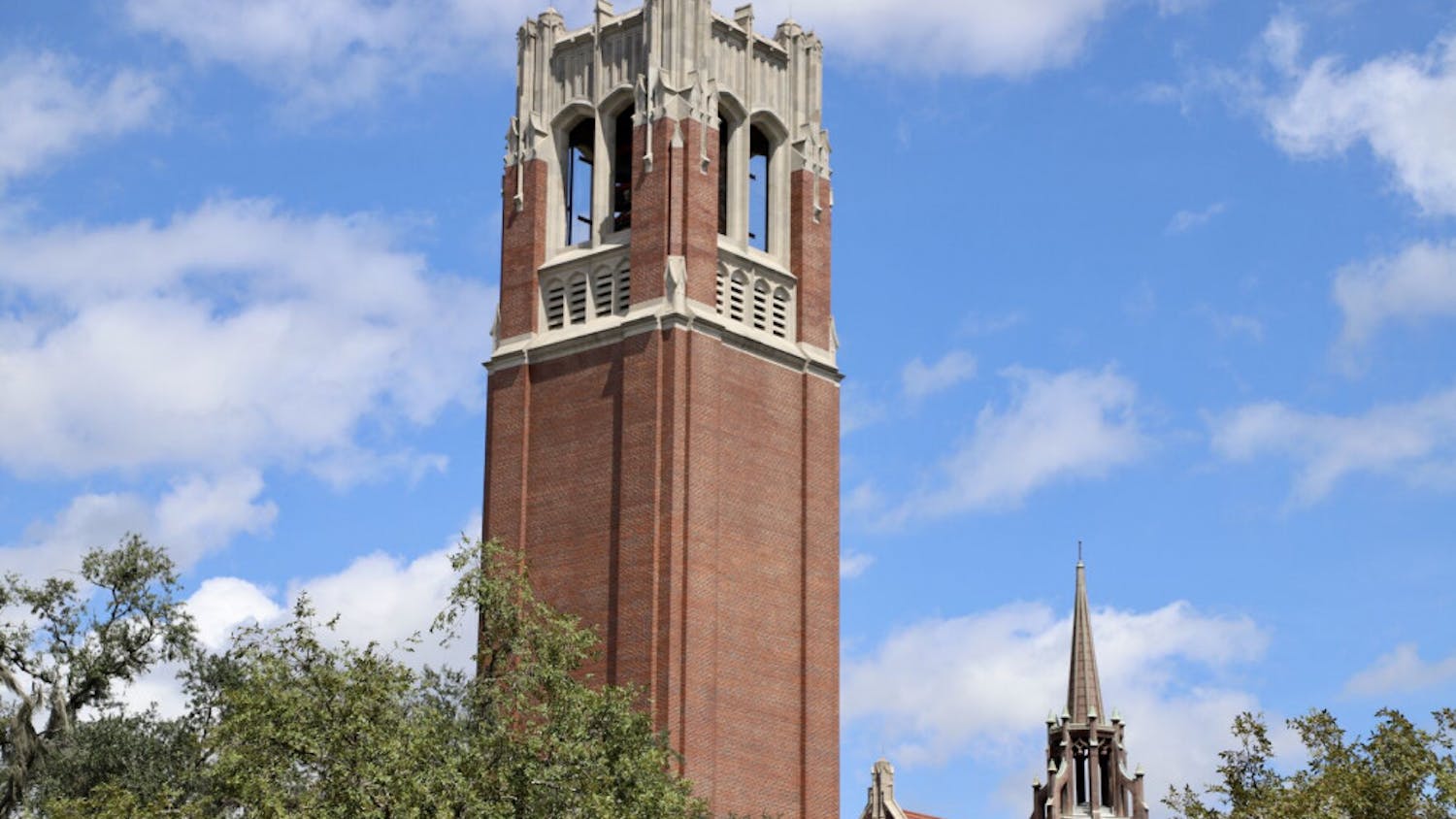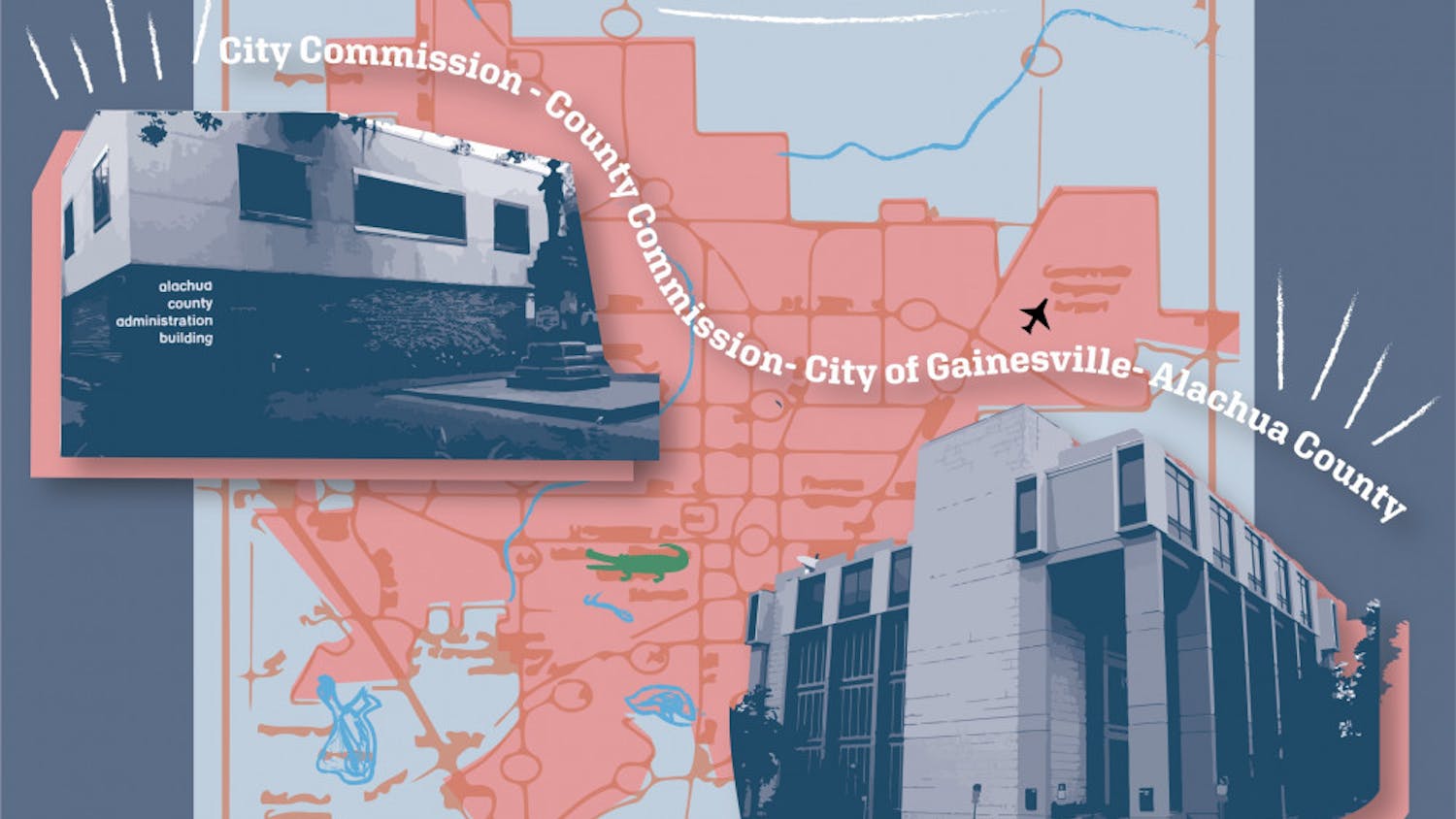Hello, can you hear me now?
If there’s a roof, four walls and a floor nearby, you probably can’t.
After reaching its peak performance between 2003 and 2009, the quality of cellphone reception has worsened within the last six months, according to J.D. Power and Associates.
The culprit is an increase in indoor calls and cellphone traffic, said Kirk Parsons, senior director of wireless services with J.D. Power and Associates, a global marketing information firm.
The report, called “The 2000 Wireless Quote Quality Performance Study Line One,” covered 27 U.S. regions and recorded cell phone quality based on the frequency of problem incidents for every 100 calls.
According to a New York Times article, Washington, D.C., was ranked the most problematic with 18 incidents for every 100 calls made. Pittsburgh and Cincinnati were about three times better with the best performance in the nation.
Florida cities, such as Tampa and Miami, scored eight and 14 respectively, Parsons said.
People are changing calling patterns and communicating more regularly, and that increase has reduced the likelihood of clear reception, Parsons said. With applications and text messaging, consumers are playing with new data in different places, he added.
Florida, in particular, is prone to the “Leaves Effect,” where the increase of plant and leaf growth interferes with cellphone reception. It’s also prone to the “Usage Effect,” where cellphone activity reaches an all-time high due to things like weather extremities, causing reception to suffer.
The more problems people experience, the less happy they are, Parsons said.
“And the more likely they are to spend less money and switch their carriers,” he added.
As AT&T and T-Mobile prepare to join forces, Parsons said time will decide how successful the merger is. The union will require a lot of engineering, and how customers will be affected could depend on how well the companies integrate their software and technology.
Stacey Harth, spokeswoman for AT&T, said the merger could benefit customers by providing them with enhanced and extended coverage.
Before, AT&T covered 80 percent of U.S. cellphones, Harth said. Its convergence with T-Mobile will increase that figure to 95 percent by the end of 2013, with smaller cities and rural areas being the most affected by the addition.
In 2010, AT&T added more than 500 cell sites to North Florida, 32 of which were installed in Alachua County. The cell sites increase reception capacity for AT&T users, and Harth said, “it’s like adding an extra lane to a busy highway for traffic.”
Verizon Wireless has consistently reported the lowest number of problem incidents, Parsons said, but that should not excuse customers from doing research.
When making a purchase, he said consumers need to consider more than the company: Location, price, competition and how they plan to use their phone in everyday life should also factor into to their decision.
“Be an educated consumer and do your homework,” he said. “There is variation in the markets where you’re at and where you live, so make an educated decision.”





